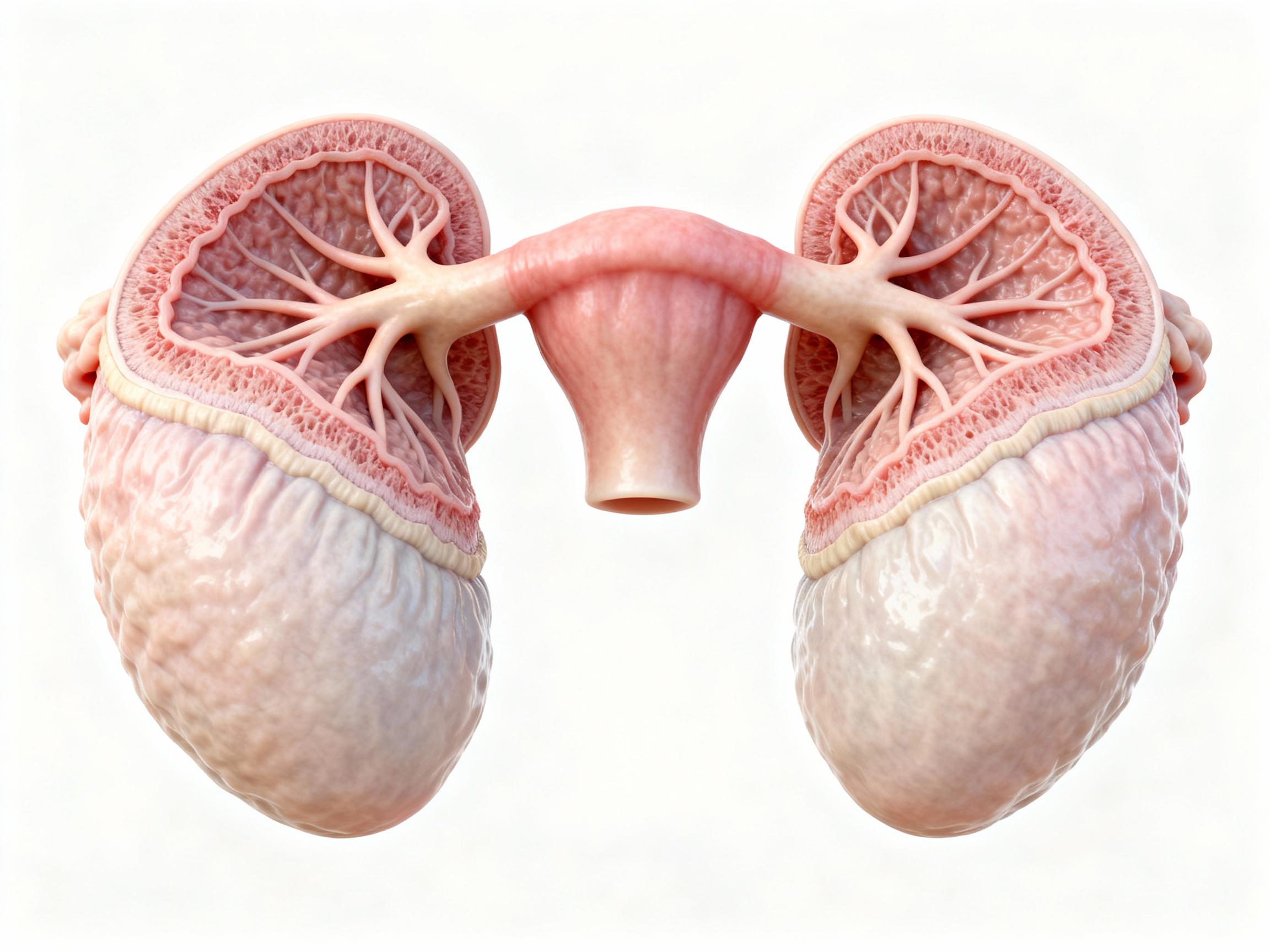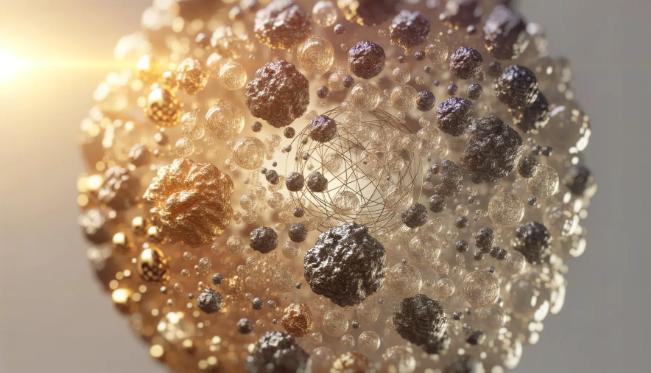The fight against skin cancer has come a long way, evolving with groundbreaking advancements in treatment options. Understanding these latest treatments is crucial for promoting a healthier recovery. From traditional methods to innovative therapies that revolutionize patient outcomes, staying informed empowers individuals in their journey toward recovery and prevention.

Types of Skin Cancer and Their Implications
Skin cancer primarily manifests in three forms: Basal Cell Carcinoma (BCC), Squamous Cell Carcinoma (SCC), and Melanoma. Each type carries distinct characteristics and implications for treatment.
- Basal Cell Carcinoma (BCC): This is the most common form of skin cancer, often emerging in sun-exposed areas. BCC grows slowly and rarely metastasizes. Although less aggressive, neglecting treatment can lead to significant tissue damage.
- Squamous Cell Carcinoma (SCC): Occurring primarily in sun-exposed areas, SCC is more aggressive than BCC and has a higher propensity to spread. Early intervention is critical for effective management.
- Melanoma: The deadliest skin cancer type, melanoma develops in melanocytes, often resulting in malignant tumors. It spreads rapidly and requires urgent attention for successful treatment outcomes.
For further understanding of these cancer types, visit Cleveland Clinic.
Traditional Treatments for Skin Cancer
Historical approaches to treating skin cancer primarily include surgical procedures such as Excision, Curettage and Electrodesiccation, and Mohs Surgery.
1. Excision: Involves surgically removing the cancerous tissue along with a margin of healthy skin to ensure the complete eradication of cancer cells.
2. Curettage and Electrodesiccation: This technique scrapes away the cancerous layer of skin and uses electrical current to destroy any remaining malignant cells.
3. Mohs Surgery: Particularly effective for BCC and SCC, Mohs involves removing cancer layers one at a time, examining each microscopically until no abnormal cells remain.
Understanding post-surgery recovery is essential, as detailed in this Comprehensive Guide.
Innovative Therapies: Immunotherapy and Targeted Therapy
Recent years have ushered in innovative skin cancer treatments, notably Immunotherapy and Targeted Therapy.
- Immunotherapy awakens the patient's immune system to combat cancer cells. Medications like pembrolizumab and nivolumab have shown substantial success, especially in treating advanced melanoma.
- Targeted Therapy zeroes in on specific cancer cell abnormalities. For instance, drugs such as vemurafenib and dabrafenib target BRAF gene mutations common in melanoma, halting cancer growth.
Explore more on these advancements in a detailed study here: Recent Advancements in Skin Cancer Treatment.
Photodynamic Therapy and Its Applications
Photodynamic Therapy (PDT) has gained traction as a promising non-invasive treatment. PDT employs photosensitizing agents followed by light exposure to eradicate cancer cells.
- Effective for superficial BCCs and precancerous spots, PDT is less invasive, minimizing scarring and downtime.
- Its effectiveness is contingent on cancer type and depth, making it crucial for patients to assess its suitability with their oncologist.
Lifestyle Changes to Enhance Recovery and Prevent Recurrence
Complementing medical treatments with lifestyle adjustments can significantly aid recovery and deter skin cancer recurrence.
- Sun Protection: Utilize broad-spectrum sunscreens, wear protective clothing, and avoid peak sun hours to minimize UV exposure.
- Regular Skin Checks: Conduct monthly self-examinations and regular dermatological screenings to catch early signs of skin changes.
- Balanced Nutrition: Adopt a diet rich in antioxidants, vitamins, and omega-3 fatty acids, supporting overall skin health and immune function.
- Quit Smoking: Eliminating smoking reduces skin damage and optimizes treatment outcomes.
For an in-depth view on managing squamous cell carcinoma, explore What to Expect Through Treatment.
Comparison of Skin Cancer Treatment Options
Below is a table illustrating various skin cancer treatment options alongside approximate costs and locations.
| Treatment Option | Approximate Cost | Location |
|---|---|---|
| Mohs Surgery | $2,000 - $4,000 | Los Angeles, CA |
| Photodynamic Therapy (PDT) | $1,500 - $3,000 | New York, NY |
| Immunotherapy | $4,000 - $10,000 | Houston, TX |
| Excision Surgery | $500 - $2,000 | Chicago, IL |
| Curettage and Electrodesiccation | $200 - $1,000 | Miami, FL |
Navigating skin cancer treatment is undoubtedly challenging, yet staying informed on the latest avenues offers a beacon of hope. By combining traditional methods with cutting-edge therapies and lifestyle adjustments, patients can embark on a path toward healthier recovery and lasting wellness. For additional insights into transforming the skin cancer journey, consider this resource at NIH.



